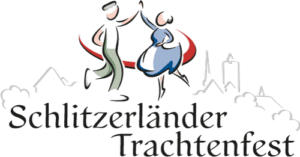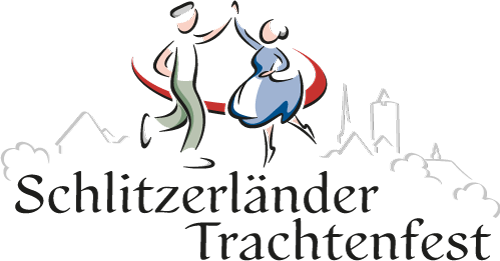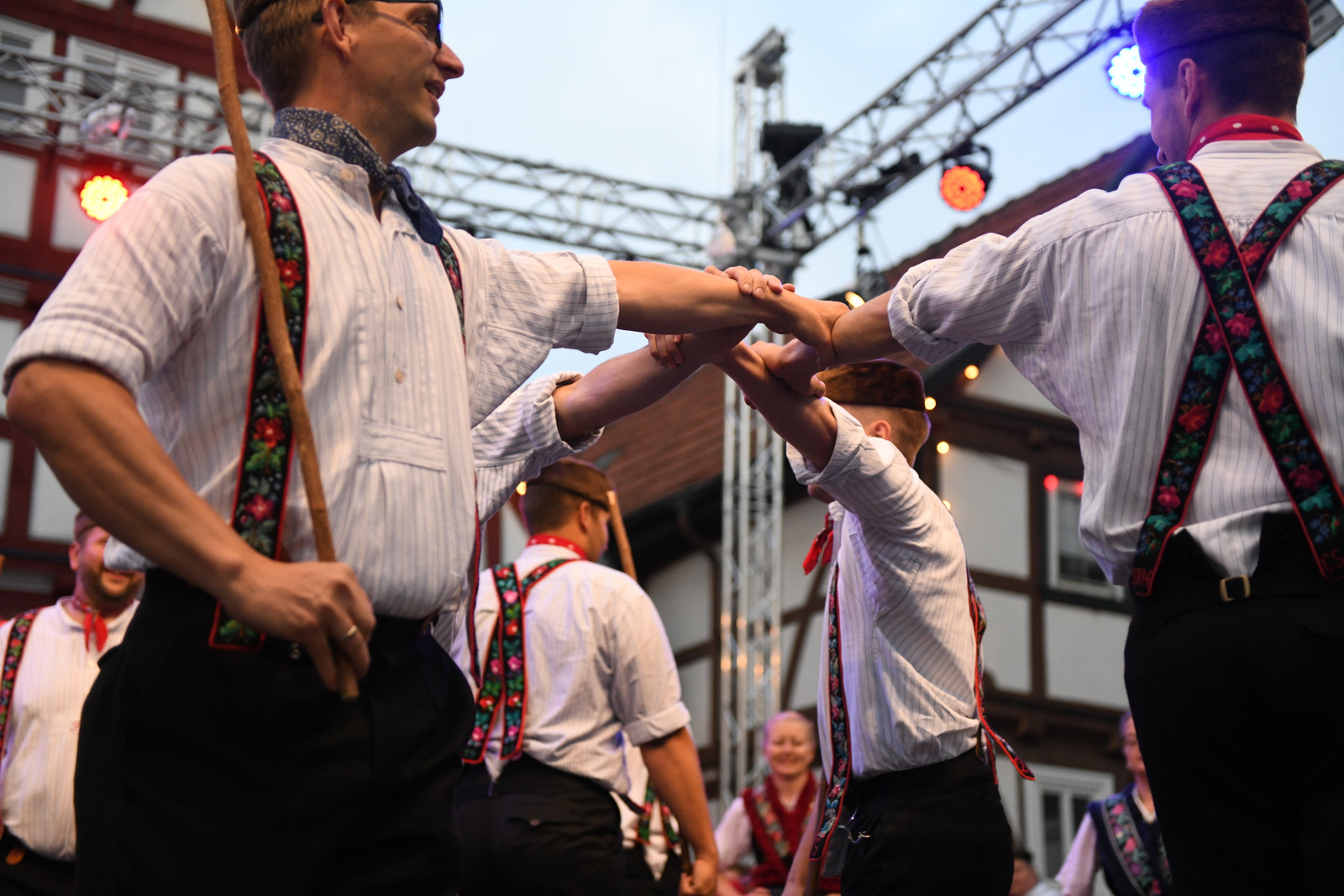Das Trachtenfest
The history of our festival
… how the Schlitzerländer Heimat- und Trachtenfest became the International Music and Folklore Festival Schlitz.
It actually began in 1922, when a farmers’ festival in what is now the towndistrict of Pfordt attracted around 9,000 visitors and was, so to speak, the first step towards our festival.
The cradle of our festival was set up in 1927. Instead of the annual summer market, the so-called “Kirschenmarkt” (cherry market), a traditional costume festival was organised in Schlitz, which was held several times until 1939.
From 1951 onwards, it made a name for itself as a festival of local history and traditional costumes, first of regional, then of national importance.
Since 1961, we have also welcomed international guests as participants. The first participants came from Chichester, West Sussex, England. The Schlitzerländer Heimat- und Trachtenfest became the International Schlitzerländer Heimat- und Trachtenfest.
Our festival was also the basis of the script for the HR television production “The Hesselbachs and the Festival”, which was broadcast in 1967. For the 1966 filming, a
“small” traditional costume festival was specially organised, in which, in addition to the Schlitzerländer Trachten- und Volkstanzkreis, another group from Germany and two from France took part.
Folklore groups from the so-called Eastern Bloc, the states behind the “Iron Curtain”, were at that time exclusively state-controlled music and dance ensembles that were allowed to travel abroad for representational purposes and under strict supervision. The first and only one to visit us under these conditions was the group “France Marolt” from Ljubljana, the capital of the Republic of Slovenia in socialist Yugoslavia – a top group, without question, if it hadn’t been for the political functionaries!
… but, long before the fall of the “Iron Curtain”, we were able to welcome a folklore group to Schlitz, which until today has an affectionate friendly connection to our festival and our town – “Ensemble Nepi Együttes Bogyiszlo, Hungary”.
Cosmopolitan, warm and musically/dancingly top – that’s how we experienced them then and that’s how we experience them today, although we are already, both with them and with us, many dance generations ahead. Since 1997 Bogyiszlo has been the twin town of Schlitz and “Nepi Együttes Bogyiszlo” is by far the most frequent and always very, very welcome guest at our festival.”
With the fall of the “Berlin Wall”, the first personal contacts with music and folk dance groups from East Germany were made. What had been politically undesirable for decades in the former GDR finally came together and we were pleased to welcome a folk dance group from Jocketa in the Vogtland to our festival.
More and more foreign folklore groups took part in the individual festivals – at first only from Europe, then later from all parts of the world – the “International Schlitzerländer Heimat- und Trachtenfest” became a reality.
In 2017, the “International Schlitzerländer Heimat- und Trachtenfest” then became the now current “International Music and Folklore Festival”, in order to be able to offer not only folklore devotees but also music enthusiasts an adequate offer.
Despite all the folkloristic and musical quality, the human and international character is what really makes the festival. The fact that the coming together of so many people from so many different cultures, languages, religions and political systems has resulted in friendships for life, even family ties, or that new ones are being formed again and again, is the real essence of our association work.


